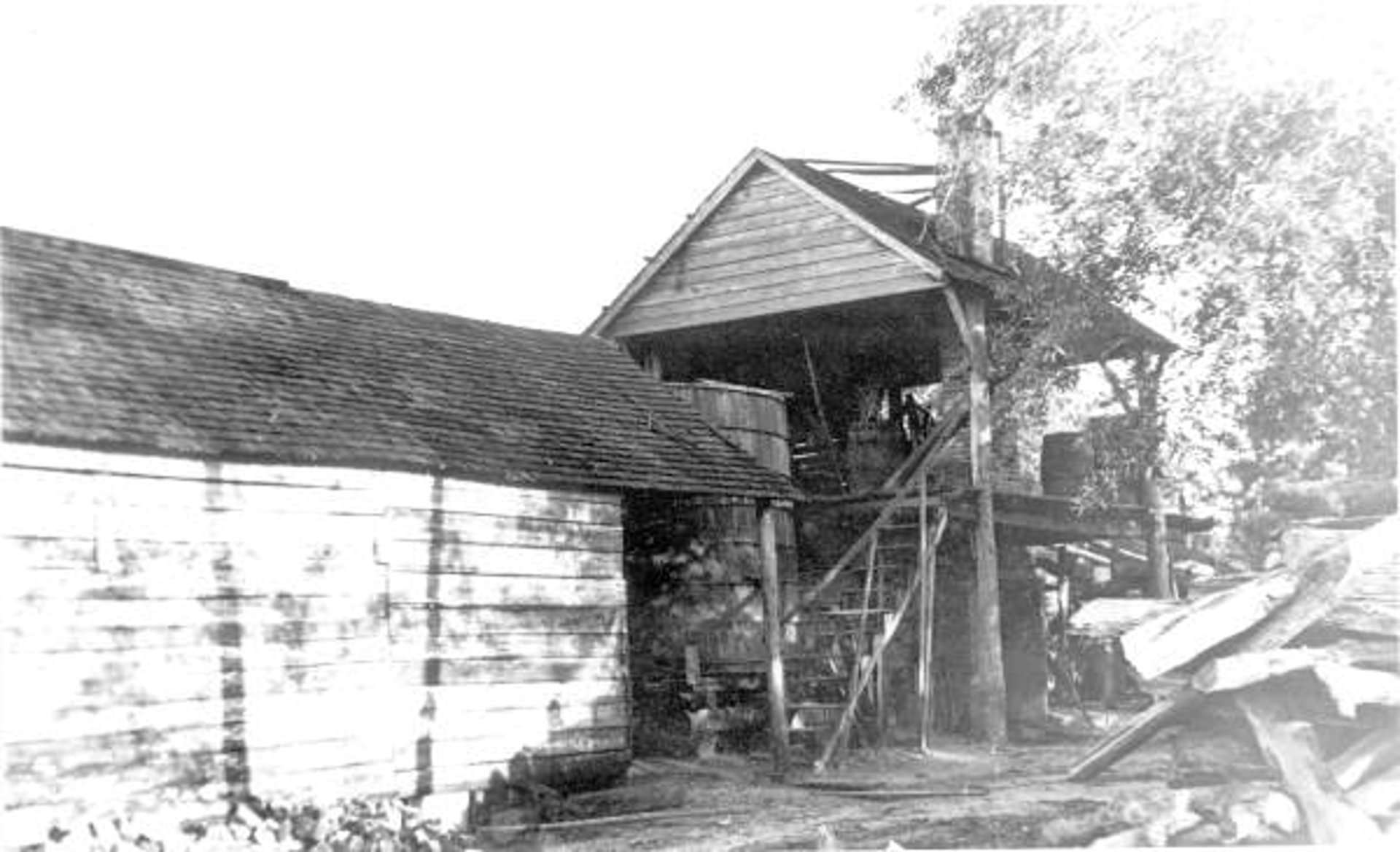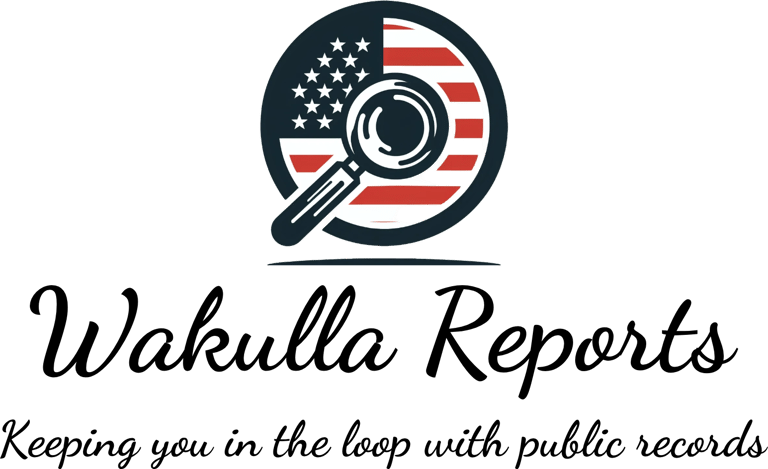Wakulla County's 2024 Audit: Where’s Your Money Going? Breaking Down Wakulla’s Spending and Debt - Part 2 of 4
Wakulla County’s 2024 audit reveals where your tax dollars went—$15 million in loans and $57.1 million in debt—but leaves unanswered whether spending matches community priorities.
MONEY & FINANCE2025
Bella Boyd
6/29/20254 min read


Hey, Wakulla County taxpayers! Last time, we kicked off our series on the 2024 financial audit, revealing that Wakulla County’s books are clean—meaning the numbers add up—but that doesn’t tell us if your tax dollars are being spent on what you care about. Now, in part two, we’re diving into the juicy details: where the county’s money came from, what it was spent on, and the debts piling up. The audit confirms these figures are accurate, but it’s silent on whether the county’s choices match your priorities. Let’s break down the dollars and cents and see what questions this raises about how Wakulla is managing your money.
Money In: Where the County Got Its Cash
The audit shows Wakulla County brought in $8.2 million more in revenue in 2024 than in 2023—a 10% jump (Management’s Discussion and Analysis, Page 4). That’s a decent chunk of change, but where did it come from? Here’s the breakdown:
Property Taxes and Fees: The county saw a $5 million boost from property taxes and charges for services (like permits or court fees) for tax-funded activities like sheriff services and parks (Page 4). This means you, the taxpayer, and folks using county services helped drive this increase.
Grants: Business-type operations (like sewers and landfills, funded by user fees) saw a $4.7 million drop in capital grants because some sewer projects funded by the Department of Environmental Protection (DEP) wrapped up (Page 4). Fewer grants sound bad, but it might just mean those projects are done.
Other Sources: Things like sales taxes and intergovernmental funds also chipped in.
This revenue growth helped the county’s financial position, but more money coming in doesn’t mean it was spent wisely. Let’s look at the other side of the coin.
Money Out: What the County Spent
The county’s expenses climbed by $5 million (8.7%) in 2024, mainly for public safety (think sheriff and fire services), transportation (roads and bridges), and culture/recreation (parks and libraries) (Page 4). That’s a lot of spending, but the audit doesn’t say if it was on the right things. Here are some highlights:
General Fund Dip: The General Fund, which covers most county services like the sheriff and road maintenance, saw its balance drop by $13.1 million to $14.5 million (Page 5). Why? The county spent $15 million from a loan taken out in 2023 (Page 5).
Sewer and Landfill Spending: The Sewer and Solid Waste Funds (funded by user fees, not taxes) spent big too, using another $15 million from that 2023 loan to build new infrastructure, like wastewater systems (Page 5). Their net position grew to $80.2 million, which sounds great, but it’s tied to assets, not free cash.
Budget vs. Actual: The General Fund spent $47.7 million, way less than the $58.2 million budgeted, saving $10.6 million (Page 5). But this was mostly because they didn’t use all the loan money they’d planned for, not because they found ways to cut costs.
The audit confirms these expenses are recorded correctly, but it doesn’t tell you if that $15 million loan went to projects you’d support, or not. That’s a gap taxpayers need to fill by digging deeper.
The Debt Picture: Borrowing Big
Wakulla County’s total debt in 2024 was $57.1 million, down $18.3 million from 2023 (Page 5). That’s a positive move, but let’s look at what’s behind it:
2023 Loans ($30 million total): The county borrowed $15 million for tax-funded projects (like roads or buildings) and $15 million for sewer upgrades, with big payments due in 2028 (Notes to Financial Statements, Page 31). They paid down $8.3 million (government) and $10.1 million (business-type) in 2024, expecting grant reimbursements to cover the rest (Page 5).
Other Debts: A $520,000 bond for an EMS/Fire Facility (paid by a 1-cent sales tax, due by 2028) and $6.1 million in bonds for wastewater upgrades (paid by sewer fees, stretching to 2057) (Page 31). Plus, $1.9 million in equipment leases and $369,855 for landfill closure costs (Pages 31–32).
Risks: The county’s betting on grants to pay back those big loans. If the grants don’t come through, taxpayers could face higher taxes or cut services down the road. Wasn't something similar just revealed in an internal audit report?
The audit verifies these debts are tracked properly, but it doesn’t say if borrowing $30 million was the best way to fund projects or if those projects were what Wakulla residents wanted most.
Why This Matters to You
Your taxes and fees fuel Wakulla County’s operations, from fixing bridges to running the landfill. The audit shows more money came in ($8.2 million) and debt went down ($18.3 million), which is good news. But that $15 million loan spending and a $13.5 million cash deficit (Page 4) raise big questions:
Are Your Priorities Met? More spending on public safety and roads sounds great, but did the county ask residents what they wanted most? The audit’s mum on that.
Debt Risks: Lower debt is awesome, but relying on grants to pay off loans is a gamble. If it backfires, your taxes could take the hit.
What’s Next in This Series
We’re not done yet. Our next post will tackle a red flag: the audit found a gap in the county’s financial controls that could affect how your money’s managed. Stay tuned! Stay sharp, Wakulla!

Additional Social Links
YouTube is your go-to for short clips, video explainers, and visual breakdowns of how Florida and Wakulla governments really work.
Facebook brings you bite-sized written content, sticky-note facts, and rolling updates you can share and discuss.
Prefer to browse at your own pace?
Bookmark our website and visit anytime for fresh posts, resources, and real-life examples from right here in Wakulla County.
© 2024. All rights reserved.
